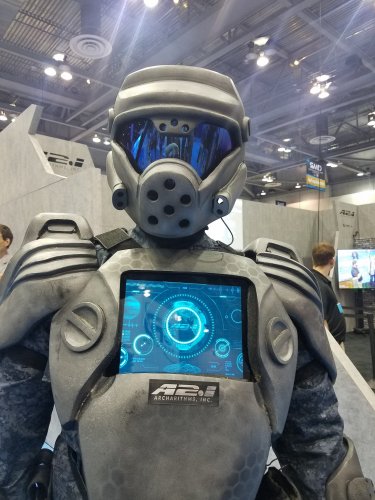WASHINGTON -- Army researchers in Massachusetts are developing technology that may soon yield a lightweight combat helmet that provides more protection than anything ever fielded.
Representatives of the U.S. Army Natick Soldier Research, Development and Engineering Center, out of Natick, Massachusetts, had an array of combat helmets on display at the Pentagon, May 24 and 25, as part of a "Close Combat Lethality Tech Day."
Included among that protective gear was the Personnel Armor System for Ground Troops, or PASGT helmet, first fielded in 1981; the Advanced Combat Helmet, first fielded in 2003; and the Light Weight-ACH, which first appeared in 2013.
All three of those helmets make use of para-aramid fibers to protect Soldiers, and each successive helmet weighed less than its predecessor. The LW-ACH, for instance, is more than a half-pound lighter than the PASGT helmet for a size large.
Newer helmets on display made use of a different material: ultra-high-molecular-weight polyethylene, or UHMWPE.
The Advanced Combat Helmet Generation II, for example, weighs 22 percent less than the ACH and is designed to protect Soldiers from fragmentation as well as from rounds up to 9mm.


